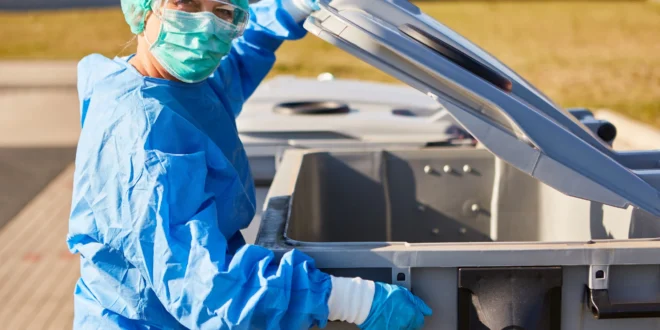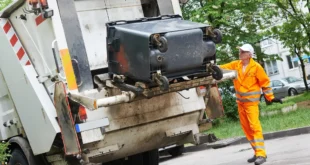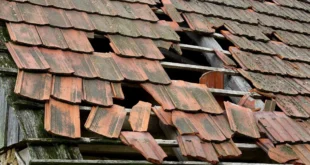Are you taking measures to ensure your lab space is safe and secure? Knowing how to use, store, and dispose of hazardous waste is a step toward easing the spread of illnesses. Biohazard containers are crucial to the safe handling of biohazard exposure. We will discuss the value of biohazard container safety and present five critical tips for effective usage and disposal.
Continue reading to learn more.
1. Know the Types of Biohazard Containers
There are several varieties of hazard containers, each built for a distinct function. The first step in assuring correct usage and disposal is to understand these types:
Sharps Container
These containers hold sharp things such as needles, scalpels, and shattered glass. To avoid accidents, they are puncture-resistant.
Biohazard or Red Bags
These bags collect and store biohazardous trash such as contaminated gloves, gauze, and tissues. They are usually red or have biohazard exposure on them.
Biohazard Bins and Hazardous Material
Drums Biohazardous waste items are disposed of in these containers. It also equips lab supplies and infected materials. Unsafe material barrels store marked volumes of biohazardous waste at facilities or laboratories.
Knowing the proper container for your trash is crucial for keeping safety and regulatory compliance.
2. Properly Label and Segment Biohazard Containers
Labeling and separation of biohazard containers are critical for controlling cross-contamination. It also provides for the safe handling of biohazardous chemicals. Always label containers with biohazard symbols and waste identification.
You must separate distinct forms of biohazard waste to avoid mixing them. It will ensure that labeling and segregation plans follow local standards.
3. Securely Seal Biohazard Containers
Once a hazardous container has been filled, it must be tightly shut to avoid leaks and spills. Check that the lid or closing mechanism on the container is tight and leak-proof. Use sticky tape or zip ties to fasten the closure. Proper sealing avoids contamination.
It also lowers the danger of injury during handling and transportation and provides biohazard safety.
4. Comply with Regulations
Biohazard container safety is implemented to protect public health and the environment. Follow local, state, and federal standards while handling and disposing of biohazardous waste. Failure to do so may result in legal ramifications and environmental damage.
Be educated about current rules and get suitable permissions. Cooperate with licensed disposal facilities.
5. Train and Educate Personnel
All individuals must get training and instruction. Workers should grasp the dangers associated with items. Keeping safe while working needs regular activity sessions.
Here are some critical concerns for hazard container safety training and education:
Initial Training
Provide thorough training to all workers. It may come into contact with biohazardous items. This training should cover the basics of biohazardous waste management.
Regular Updates
Biohazard safety methods and legislation are subject to change. Regular training sessions or updates are required to keep staff informed of any new developments or changes in best practices.
Certifications
Consider providing staff with biohazard safety certificates or qualifications. It also has OSHA Bloodborne Pathogen Standard training. You can look into Cprcertificationnow.com, which will provide the training and skills necessary to handle pathogens safely.
Knowing the Tips for Using the RightBiohazard Container
Biohazard container safety is critical to preventing accidents, injuries, and disease spread. It also limits the spread of hazardous compounds. Always use the correct containers and dispose of them properly.
Begin applying these suggestions for biohazard containers right away!
Did you find this article helpful? If so, check out the rest of our blog for more informative content.
 SlushWeb Bringing Facts to Light
SlushWeb Bringing Facts to Light



